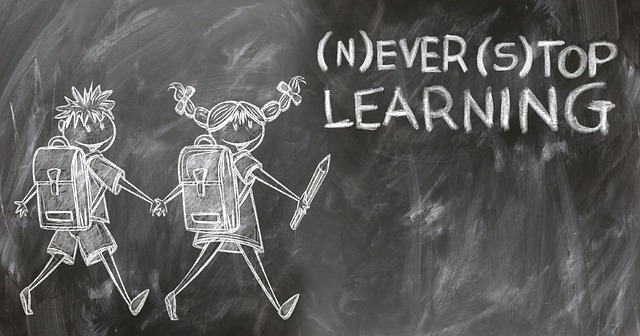
Introduction
Flipped learning has revolutionized the way students engage with content, shifting the traditional lecture-based approach to a more interactive and student-centered experience. While this model is commonly used in secondary and higher education, it can also be highly effective in primary education when tailored to young learners’ needs.
This comprehensive guide explores how teachers can implement flipped learning in primary education, offering strategies, tools, and resources to ensure success.
1. Understanding Flipped Learning in Primary Education
What is Flipped Learning?
Traditional classroom instruction involves teachers introducing new content in class and assigning practice work at home. Flipped learning reverses this process:
- Students engage with new material before class through videos, interactive activities, or guided reading.
- Classroom time is used for hands-on activities, collaboration, and teacher-guided reinforcement.
Why Use Flipped Learning in Primary Education?
- Encourages active participation and deeper engagement.
- Supports differentiated instruction for diverse learning needs.
- Strengthens home-school connections by involving parents in learning.
- Increases student confidence and independence in learning.
- Maximizes classroom time for experiential and inquiry-based learning.
Helpful Resources to Learn More:
2. Key Steps to Implement Flipped Learning in Primary Classrooms
Step 1: Start with Small, Clear Goals
Introduce flipped learning gradually, starting with a single subject or lesson.
- Identify key learning objectives.
- Choose suitable at-home activities, such as short videos or interactive apps.
- Plan engaging classroom activities to reinforce the concepts.
Step 2: Develop or Select Engaging Pre-Class Content
Young learners require short, visually appealing, and interactive content to stay engaged.
- Teacher-created videos using tools like Edpuzzle or Screencastify.
- Interactive storytelling through Storybird.
- Gamified learning experiences from Prodigy or Duolingo ABC.
Recommended Resources:
Step 3: Communicate with Parents and Caregivers
Since primary students rely on parental support, maintaining clear communication is vital.
- Share weekly learning schedules and instructions.
- Provide step-by-step guides for parents.
- Use messaging apps like ClassDojo or Remind for updates.
Step 4: Design Interactive Classroom Activities
Once students have been introduced to the topic at home, classroom time should focus on collaborative and hands-on activities.
- Science: Conduct simple experiments that relate to the home lesson.
- Math: Use real-life scenarios for problem-solving.
- Reading & Writing: Create storytelling or peer-sharing sessions.
- Social Studies: Engage in role-playing and project-based activities.
Useful Resources for Classroom Activities:
3. Addressing Common Challenges in Flipped Primary Classrooms
Challenge 1: Limited Access to Technology at Home
Solution:
- Provide alternative paper-based assignments for students without internet access.
- Offer classroom or library access to videos and activities.
- Partner with community centers to facilitate tech access.
Challenge 2: Maintaining Student Engagement
Solution:
- Use interactive, game-based platforms like BrainPOP Jr..
- Encourage students to create their own video responses via Flip.
- Integrate movement-based activities into in-class learning.
Challenge 3: Ensuring Parent Involvement
Solution:
- Host virtual or in-person parent sessions explaining the flipped model.
- Provide translated resources for multilingual families.
- Share weekly check-ins through online platforms.
4. Assessing the Success of a Flipped Primary Classroom
To evaluate the effectiveness of flipped learning, use multiple assessment methods:
- Observation: Monitor student participation and engagement.
- Parent Feedback: Collect insights via Google Forms.
- Student Reflection: Have students express learning through storytelling, drawings, or presentations.
Recommended Assessment Tools:
Conclusion
Flipped learning in primary education fosters active engagement, collaboration, and deeper comprehension of concepts. By gradually integrating this approach, leveraging technology, and maintaining strong communication with parents, educators can create dynamic and effective learning environments.
Further Resources for Educators:
- The Flipped Learning Global Initiative
- TED Talk: The Power of Flipped Learning
- National Association for the Education of Young Children (NAEYC)
By embracing flipped learning, teachers can make education more interactive, meaningful, and fun for primary students! 🚀